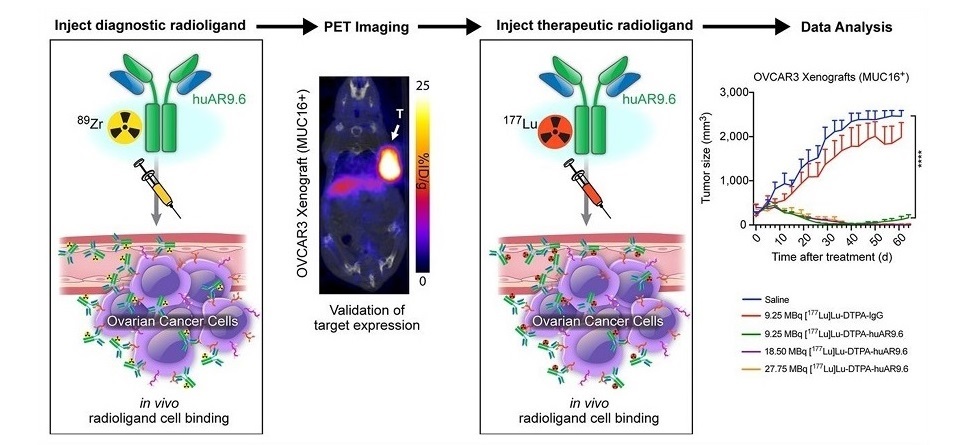Breath Analysis Provides Same Sensitivity, Twice the Specificity of PET Imaging Identifying Early Lung Cancer
By MedImaging International staff writers
Posted on 14 May 2014
Researchers are using breath analysis to detect the presence of lung cancer. Earlier research indicates that this promising noninvasive application offers the same sensitivity of positron emission tomography (PET) scanning, and has nearly twice the specificity of PET for distinguishing patients with benign lung disease from those with early stage cancer.Posted on 14 May 2014
Researchers from the University of Louisville School of Medicine (KY, USA) are using breath analysis to detect the presence of lung cancer. Michael Bousamra II, MD, an associate professor in the department of cardiovascular and thoracic surgery, presented the study’s findings at the American Association of Thoracic Surgery (AATS) 2014 Conference on April 29, 2014.
An effective noninvasive diagnostic modality inflicts less physical and financial burden on patients who in reality have no significant disease, while rapid and accurate diagnosis expedites treatment for patients who truly have lung cancer.
The investigators think that while the breath test would not replace computed tomography (CT) as a primary screening approach, it would be particularly helpful in conjunction with a positive CT scan result. “This breath analysis method presents the potential for a cheaper and more reliable diagnostic option for patients found to have bulky disease on a CT scan. If the breath analysis is negative, the patient may, in some instances, be followed with repeated exams without necessitating a biopsy. But a positive breath analysis would indicate that the patient may proceed to definitive biopsy, thus expediting treatment,” said Dr. Bousamra.
Investigators used specially coated silicon microchips to collect breath samples from 88 healthy controls, 107 patients with lung cancer, 40 individuals with benign pulmonary disease, and 7 with metastatic lung cancer.
Earlier research had targeted four specific substances, known as carbonyl compounds, in breath samples as elevated cancer markers (ECMs) that differentiate patients with lung cancer from those with benign disease. The carbonyl compounds found in the breath are thought to reflect chemical reactions occurring in malignant lung tumors. In this study, the authors compared the findings from the breath analyses to the results from PET scans.
The investigators found that the sensitivity and specificity of breath analysis depended upon how many of the ECMs were elevated. For example, having three or four ECMs was diagnostic of lung cancer in 95% of those with this finding. Most patients with benign pulmonary disease had either zero or one ECM, whereas those with stage IV cancer were most likely to have three or four. The number of ECMs could be used to differentiate benign disease from both early and advanced stage lung cancer. Interestingly, three of the four elevated markers returned to normal levels after cancer resection.
Differentiating early stage lung cancer from benign pulmonary disease, breath analysis and PET scanning had similar sensitivities (82.8% and 90.3%, respectively). However, breath analysis had a much higher specificity than PET imaging (75% vs 38.7%, respectively) for distinguishing benign disease, which means that it was much more accurate at identifying those who did not have cancer. This would be a significant aspect for patients with benign disease, since having a breath analysis instead of a PET scan could mean avoiding an unnecessary invasive biopsy procedure later on.
Related Links:
University of Louisville School of Medicine














